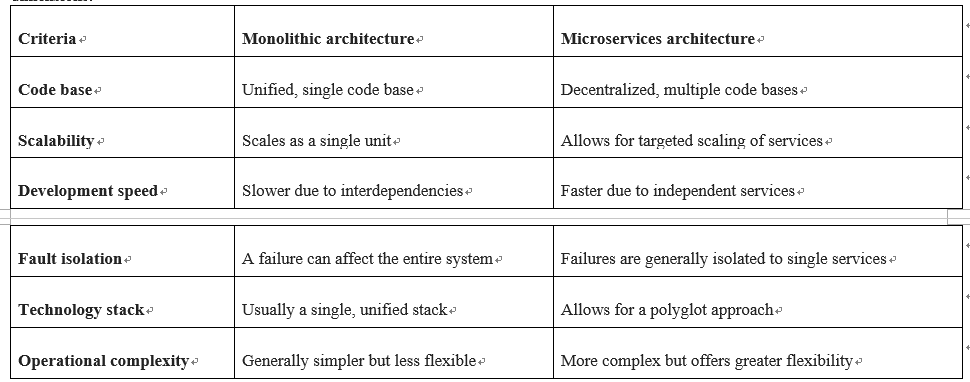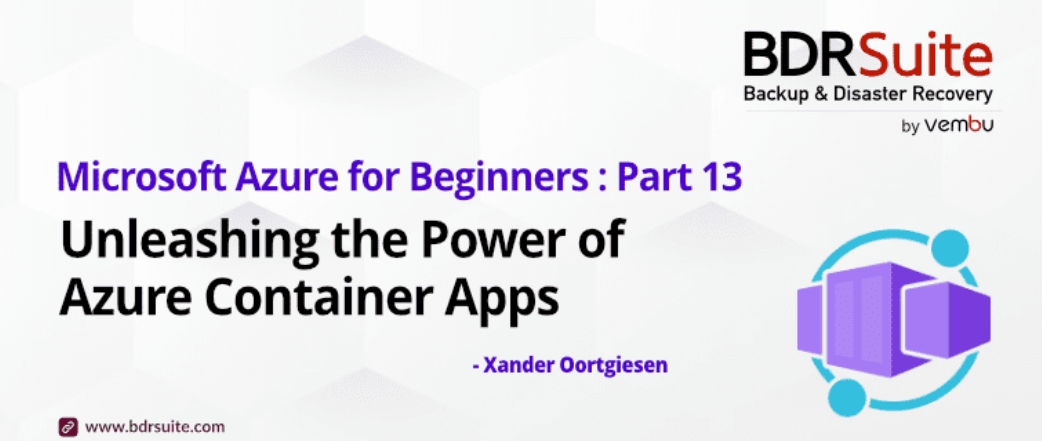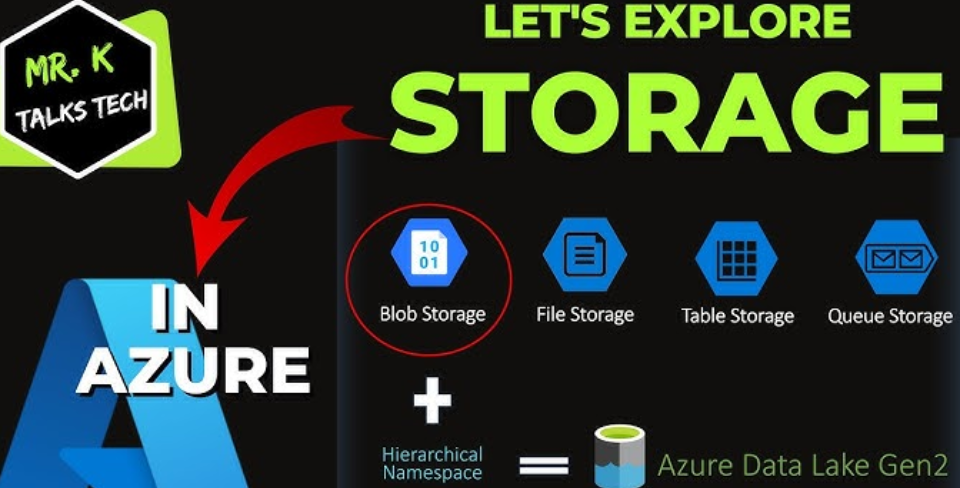10 December, 2023
0 Comments
4 categories
Cons of microservices
While microservices offer many advantages, they come with their own set of challenges and complexities that need to be carefully managed:
- Complexity: The flexibility and independence that make microservices powerful can also make the system complex. Managing multiple services, each with its own database and different scaling requirements can be challenging.
- Data consistency: Since each microservice can have its own database, ensuring data consistency across services becomes complicated, often requiring complex coordination.
- Network latency: Inter-service communication over a network can introduce latency and risk of network failure, affecting the application’s performance and reliability.
- Operational overhead: Each service might require its own logging, monitoring, and service discovery, which can significantly increase the operational complexity and overhead.
- Initial setup cost: Transitioning from a monolithic architecture to microservices is not trivial and often requires a substantial initial investment in terms of time and resources.
- Skill set requirements: The effective implementation and management of microservices require a diverse skill set, including expertise in DevOps practices, containerization technologies, such as Docker, and orchestration tools, such as Kubernetes.
Monolithic versus microservices
The choice between monolithic and microservices architectures is a pivotal decision that can significantly impact the development, deployment, scalability, and security of an application. This section aims to provide a comprehensive comparison between the two, highlighting their respective strengths and weaknesses.
Comparison
The following table (Table 6.1) offers a side-by-side comparison of monolithic and microservices architectures across various dimensions:

Table 6.1 – Comparison between monolithic and microservices architectures
Let’s look into each criteria one by one:
- Codebase: Monolithic architectures have a single, unified code base, making it easier to manage but less flexible. Microservices, on the other hand, have multiple, independent code bases, allowing for more agile development and deployment.
- Scalability: In monolithic systems, you often have to scale the entire application, even if only one component requires it. Microservices allow you to scale individual services independently, offering more efficient use of resources.
- Development speed: The tightly coupled nature of monolithic architectures can slow down development, as changes in one component may require changes in others. Microservices enable faster development by allowing teams to work on different services independently.
- Fault isolation: A failure in one component of a monolithic system can bring down the entire application. In microservices, each service operates independently, so a failure in one service usually doesn’t affect others.
- Technology stack: Monolithic architectures often require a single technology stack, limiting flexibility. Microservices allow you to use different technologies for different services, offering greater adaptability.
- Operational complexity: Monolithic architectures are generally easier to manage compared to microservices.
Category: Data in transit encryption, Decoupling authorizations, Exams of Microsoft, Microsoft AWS Exams



